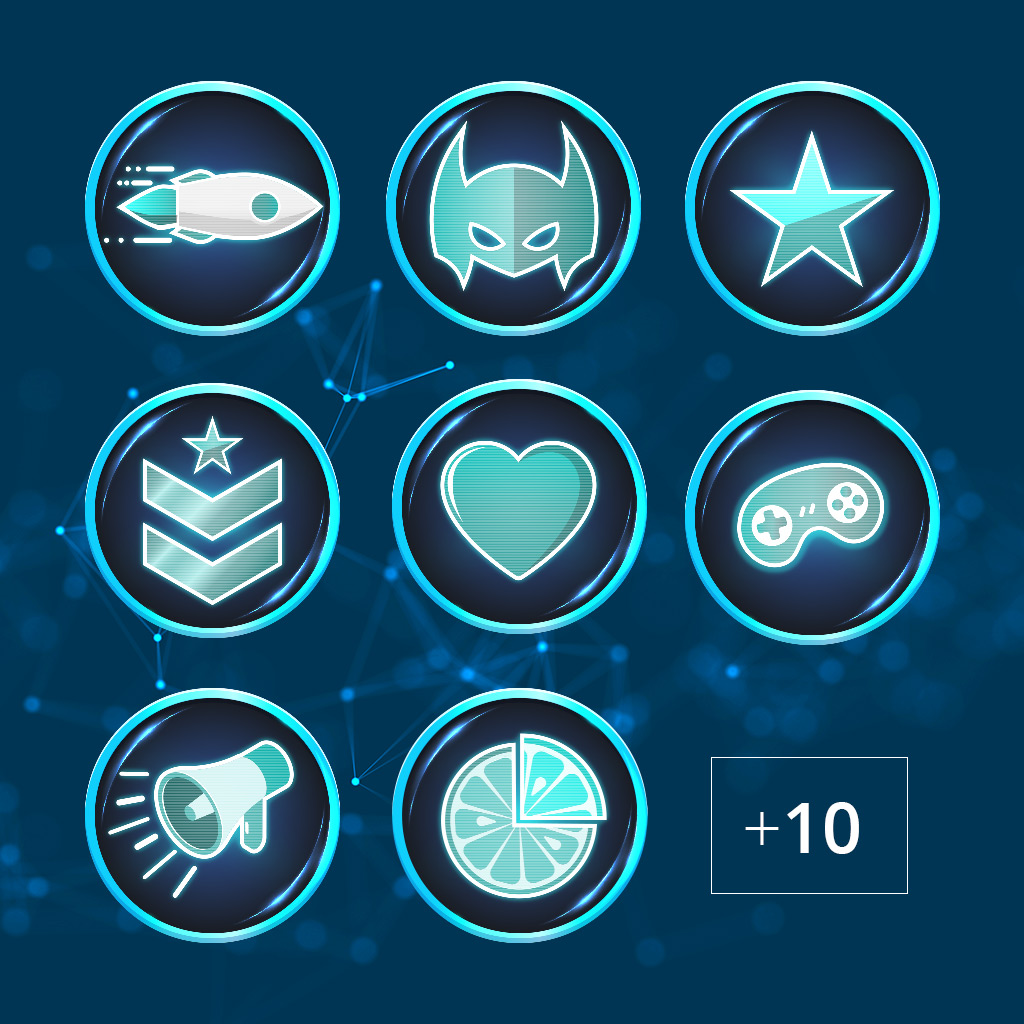Commitment is the key to the effectiveness of your training: A committed learner will better retain key information, put it into practice in real-life situations and guarantee you a better ROI. A very simple way to ensure engagement is to provoke the pleasure of learning and VTS Editor is the ideal authoring software to achieve this.
Indeed, as human beings we all have a predisposition for playing. We play to have fun but also to learn. For example, we learn to read as early as kindergarten with games and then, as adults, we often enjoy demonstrating our knowledge through games during game night with friends. Combining knowledge and entertainment is very beneficial for learning. With this in mind, VTS Editor uses the principle of gamification to make the modules engaging for learners.
Unlike traditional training, which is often considered to be repetitive and boring, gamification in remote learning aims to make your modules more attractive and engaging in the long term. Thus, gamified training could end up being counter-productive if it is not diversified enough. In order to renew it, the instructional designer must implement these techniques:
– Integrate a system of scoring and badges to generate challenges and maintain a sense of accomplishment for the learner.
– Develop a feedback system to reward effort and monitor performance and knowledge development.
– Schedule “playtime” for the learner between challenges to set the pace of the experience.
– Add the possibility of interacting with the learning environment to give a sense of freedom and choice.
VTS Editor is the ideal solution for this and here’s how to achieve it:
Use realistic characters and sceneries
One of the strengths of VTS Editor is to offer learners the opportunity to interact with realistic characters in realistic environments. Through their body language and facial expressions (non-verbal communication), the characters are able to convey their emotions of joy, indecision, fear, sadness and anger. An interaction is then created between the learner and the virtual character to better assimilate soft skills. Furthermore, if you wish to create experiences that are more detached from reality, it is also possible to integrate cartoon characters.
Find out more about our catalogue of characters in our online shop.
Each character can also be given a voice, either select the synthetic voice you prefer from an abundant list (you can even choose an accent) or your own previously recorded voice.
You can choose from a variety of 2D or 360° sceneries in which these characters evolve. It is also possible to import your own scenery for a 100% personalised experience and go further with the scenery configurator feature.
Favour realistic and fun scenarios
What would a game be without a captivating scenario that promotes interaction for the player? This is the principle of scriptwriting. In VTS Editor, you can design linear experiences according to a well-defined scenario. However, you can push the videogame aspect further by using a branching system that promotes interactivity. A good game design strategy must correspond to the company’s training objectives and VTS Editor gives you the choice of design.

Adding branches to a scenario can be particularly effective pedagogically: the learner has to make choices that will condition his success in the experiment. Depending on the decisions they make during the course, the path followed may differ and you will engage them in a real educational adventure. Once they are committed, they will appreciate going back over the scenario to unlock different endings.
In addition, the design of this type of scenario can help you create an effective scoring system.
Integrate a motivating scoring system and play with feedbacks
The scoring system is important in any type of video game: it is an indicator that shows the learner whether or not they have passed the test and encourages them to complete the training. VTS Editor makes it possible to add this type of system to any type of experience so that appropriate feedback can then be given.
The score obtained can be viewed at the end of each experiment as well as in VTS Perform. You can choose to give more or less weight to the question asked by modulating the points earned according to your educational objectives. Learners can find out whether they gave a good or bad answer during their adventure by visual and audible indicators such as green thumbs or red thumbs. The presence of this type of indicator gives extra satisfaction when they answer the question correctly.
In addition, this scoring system can be accompanied by badges. Similar to trophies and successes in video games, the badges you define will bring a new dimension of gaming into the experience by rewarding the learner.

As far as feedback is concerned, you can implement automated feedback that appears at the end of the game according to the learner’s choices. However, why not play directly on the social dimension by complementing the course with personalised feedback, the perfect opportunity to exchange directly with the learner? You can also push the social aspect further by creating groups of learners on various platforms set up by your company and nourish reflection outside the experience.
Add other gamified elements
VTS Editor allows you to add sound elements and graphic packs to make your modules more gamified and engaging. All these elements can be directly imported by yourself or come from our online shop. Of course, in order to help you save time in graphic design, we regularly propose new assets in our shop for your modules.
For further information, we recommend our Juicy Learning method, available here:











